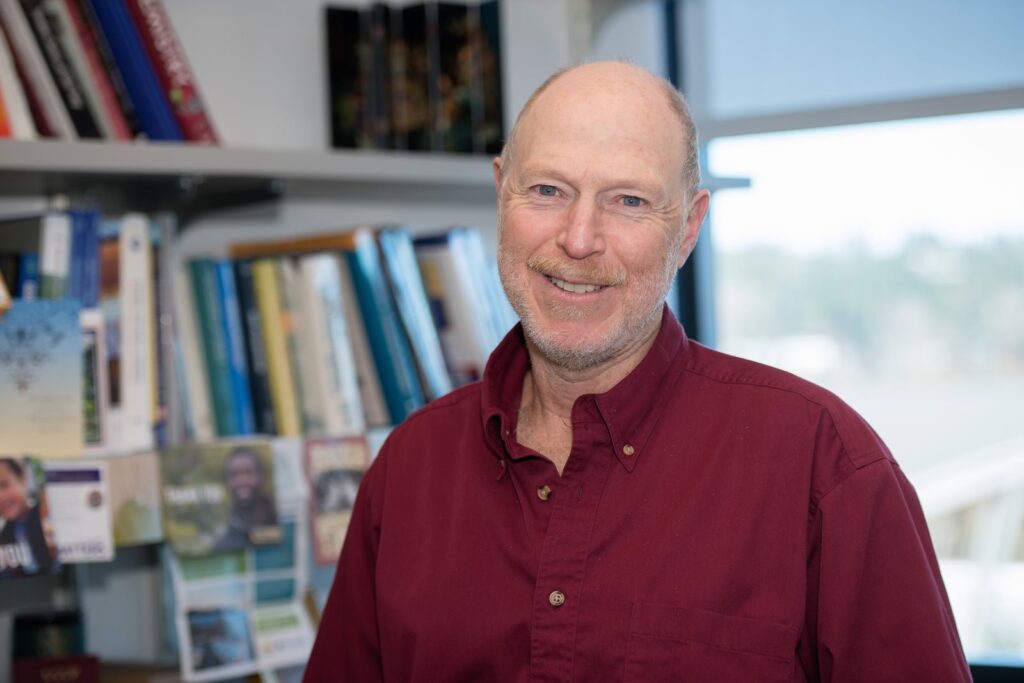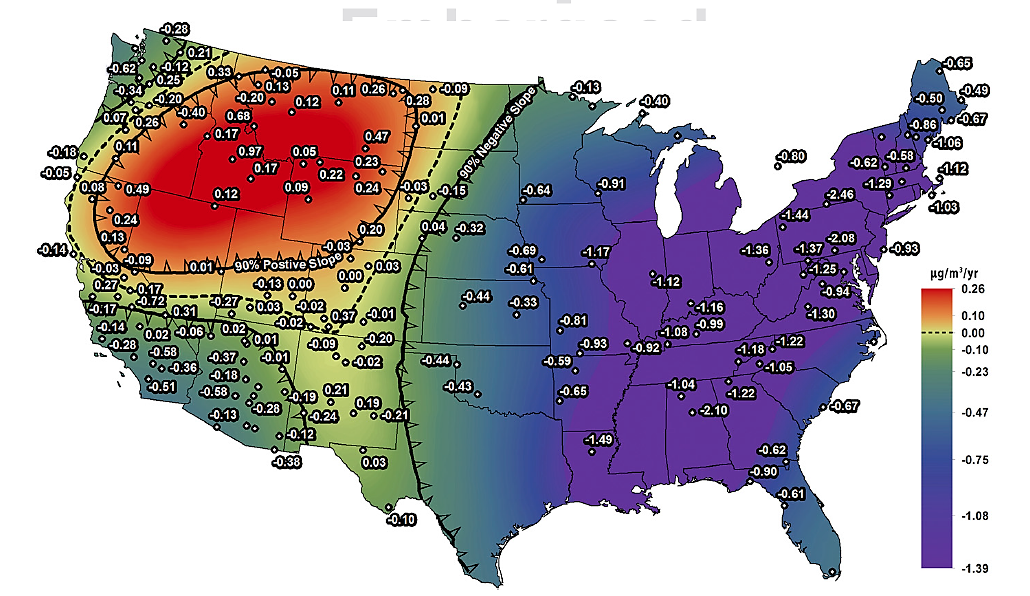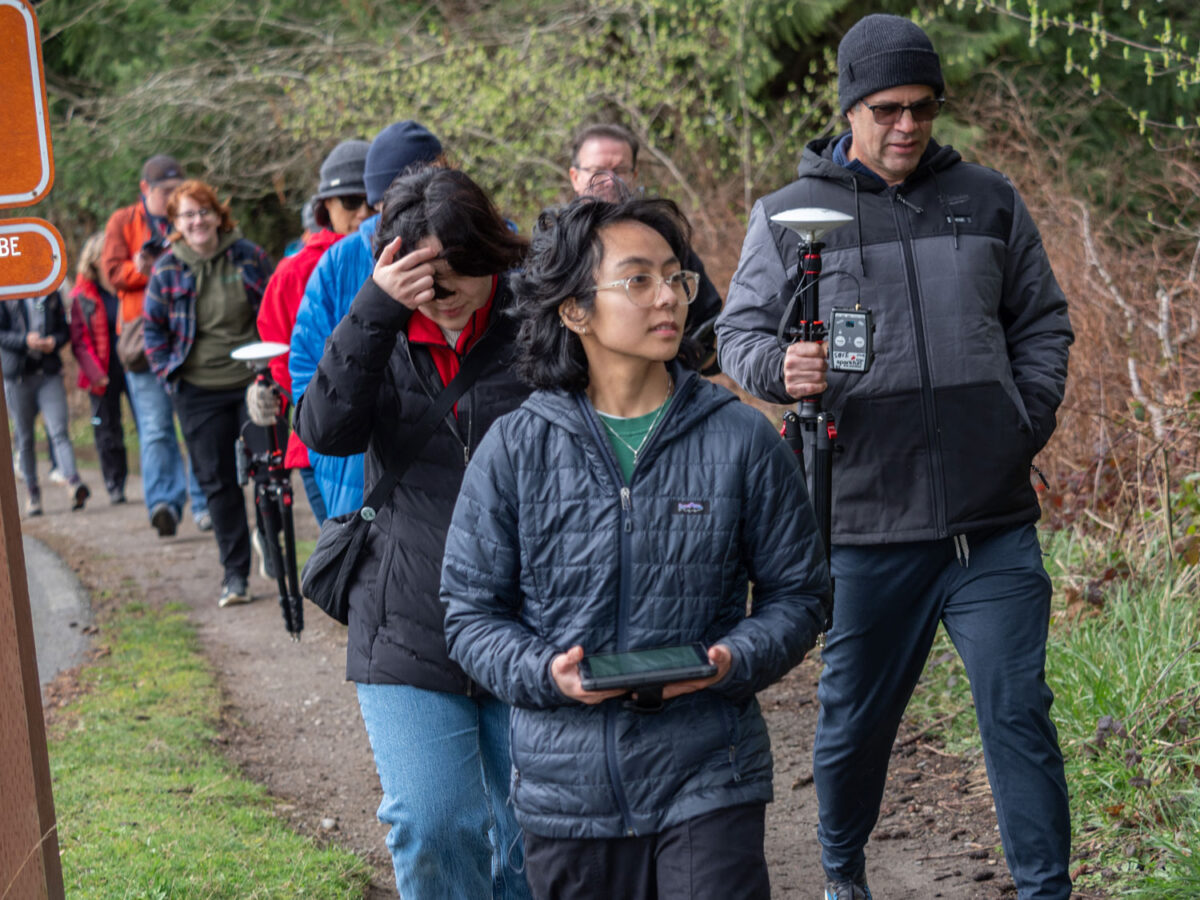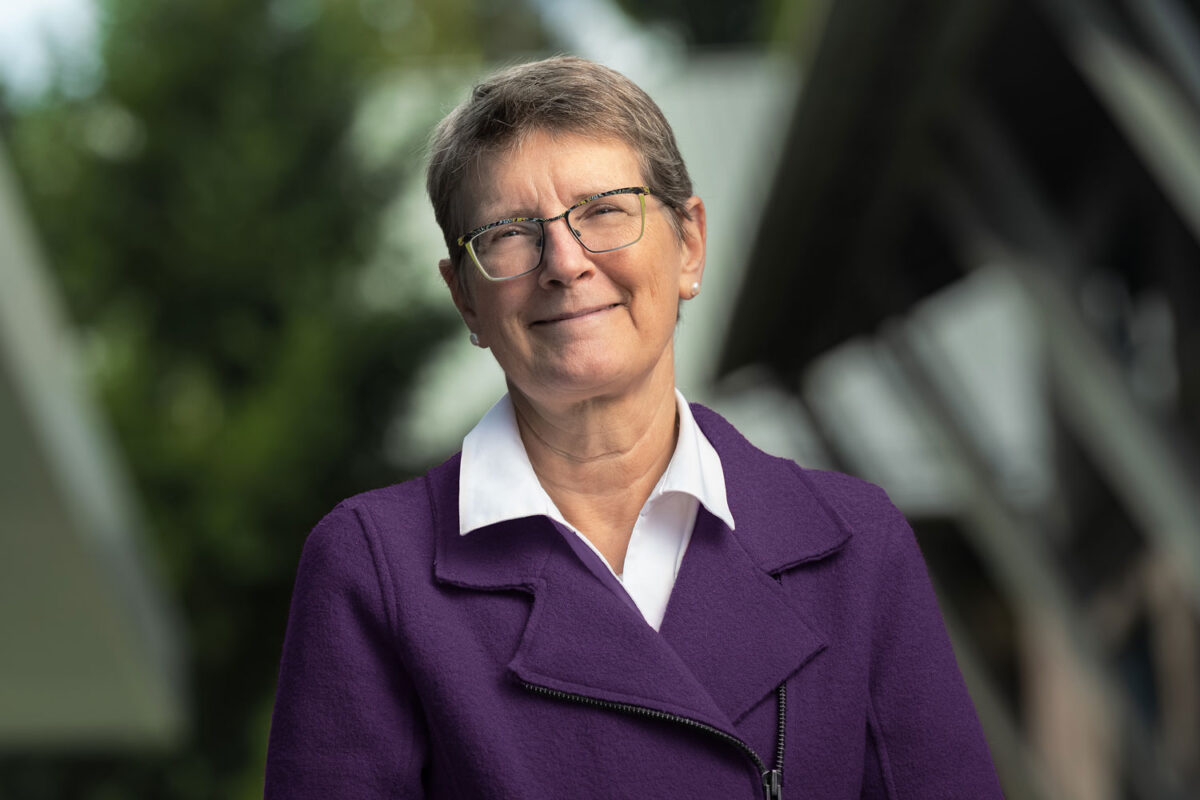
A new report that shows wildfire smoke is making air pollution worse in the Northwest is the most recent eye-catching research by UW Bothell Atmospheric Sciences Professor Dan Jaffe and his students.
The report said air quality generally has improved in the United States, largely thanks to cleaner cars and less dependence on coal. The progress is partially offset in the Northwest by wildfire-caused air pollution, the research showed. It suggests some people may want to protect themselves on “smoke days.” It also may prompt more people to recognize the hotter, drier change in the climate.
The findings were reported July 16 in “US particulate matter air quality improves except in wildfire-prone areas,” published in the Proceedings of the National Academy of Sciences of the United States of America. The authors were Crystal McClure, a UW doctoral student in Atmospheric Science, and Jaffe, the chair of the physical sciences division in the School of Science, Technology, Engineering & Mathematics. McClure graduated in June and now has a postdoctoral fellowship at University of California, Davis, continuing research related to wildfire air pollution.
Northwest wildfires have been on the rise since the mid-1980s and are a major source of tiny air particulates just 2.5 microns in diameter or smaller. A micron is one-millionth of a meter. Dust and pollen are about 10 microns. Based on decades of research, the Environmental Protection Agency (EPA) regulates 2.5-micron particles as they are particularly harmful because “they get in your lungs and affect your health, very analogous to the effects of cigarette smoke,” Jaffe said.
McClure and Jaffe looked at the top 2 percent of bad air days — about seven days a year — and found they have been getting worse since 1988 in the Northwest due to wildfires. The affected area covers most of Idaho, Wyoming and Montana, much of Utah and Nevada, and parts of California, Oregon and Washington.

The numbers were drawn from the Interagency Monitoring of Protected Visual Environments network (IMPROVE), which has tracked particulate concentrations for more than 30 years at over 160 sites around the country. The wildfire research was covered by all the Seattle broadcast stations and in national publications such as Outside Magazine and Scientific American.
Jaffe first attracted attention in 1998 for documenting that air pollution from Asia blows across the Pacific into the United States. The rapid industrialization in China — its power plants and car emissions — and sometimes dust from the Gobi desert add to measurements of ozone, mercury and particulates in the United States.
Jaffe initially took readings at Neah Bay on the Northwest tip of Washington. His group also collected samples by airplane. In 2004, he established a monitoring station on 9,000-foot Mount Bachelor in the Oregon Cascades, best known for its ski resort. The instruments on Mount Bachelor provide a flow of data for Jaffe’s researchers.
A UW Bothell professor since 1997, Jaffe has been physical sciences chair since 2013. With more than 150 peer-reviewed publications on air pollutants, Jaffe is a recognized expert on atmospheric chemistry. Yet he has said the most important thing he has done as a teacher is conveying the excitement of scientific discovery, the “aha moment” when research turns up knowledge no one has seen before.



